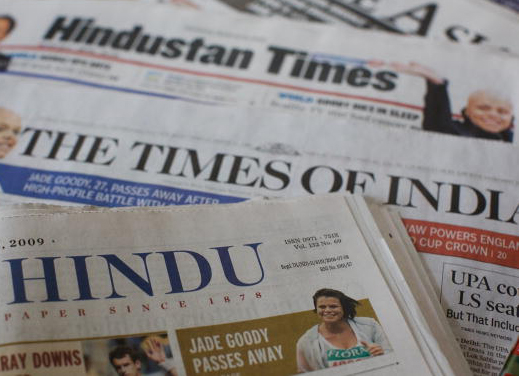
Gold smugglers adopting methods of drug couriers
Gold smugglers are adopting the methods of drug couriers to sidestep a government crackdown on imports of the precious metal, stashing gold in imported vehicles and even using mules who swallow nuggets to try to get them past airport security. Stung by rules imposed this year to cut a high trade deficit and a record duty on imports, dealers and individual customers are fanning out across Asia to buy gold and sneak it back into the country. Sri Lanka, Thailand and Singapore are the latest hotspots as authorities crack down on travelers from Dubai, the traditional source of smuggled gold. In a sign of the times, whistleblowers who help bust illegal gold shipments can get a bigger reward in India than those who help catch cocaine and heroin smugglers. Gold is an integral part of Indian culture, offered at weddings and festivals. India was the world's biggest gold consumer until last year but will be overtaken by China in 2013. Banks and other official trading agencies in Singapore and Thailand that had supplied gold to their Indian counterparts have stopped due to new rules. India has now stepped up cooperation with nearby countries to stem the smuggling.
(Source: Economic Times)
India ranks 94th on global corruption perception index
India was on Tuesday ranked among the world’s highly corrupt nations at the 94th spot in a global list topped by Denmark and New Zealand as the cleanest, while Somalia emerged as the most corrupt. While India’s rank has remained unchanged from last year, it has emerged as more corrupt than three of its BRICS peers — China (80th), South Africa and Brazil (both ranked 72nd) — but better than Russia (127th) in this annual list of 177 countries compiled by Transparency International. According to the list, India has scored 36 points on a scale of 0-100, where 0 means that a country is perceived as highly corrupt and 100 means it is perceived as very clean. India has done better than its neighbor Pakistan (ranked 127th), as also countries like Thailand (102nd), Mexico (106th), Egypt (114th), Nepal (116th), Vietnam (116th), Bangladesh (136th) and Iran (144th). The Index is based on experts’ opinions of public sector corruption, Transparency International said. Countries’ scores can be helped by strong access to information systems and rules governing the behavior of those in public positions, while a lack of accountability across the public sector coupled with ineffective public institutions hurts these perceptions, it added.
(Source: Financial Express)
Peace Clause: India may lose G33 support
On the first day of the World Trade Organization (WTO)'s ninth ministerial conference (MC9) in the picturesque Indonesian island of Bali, India seems to be losing the support of the G33 coalition of developing countries in taking a strong position on the proposed Peace Clause. While India has stressed on continuing the four-year Peace Clause, which seeks to do away with the cap on food subsidies for farm support in developing countries, till a permanent solution is agreed upon by all the 159 members, key G33 countries such as China and Indonesia hinted they were willing to agree to the interim period of four years. The interim measure has become a sensitive issue in India, especially in the wake of the general elections next year. Political parties, farmers and some sections of the civil society groups are vehemently opposed to it. It is crucial for India and other developing countries to get the subsidy regime changed under the Agreement on Agriculture (AoA) to continue giving subsidies within their domestic constituencies in future.
(Source: Business Standard)
Outflows due to investment income add to CAD woes
Even as the current account deficit (CAD) has narrowed, outflows on account of investment income continue to rise, reflecting the impact of higher overseas borrowings and investments. Although recent incentives for non-resident Indian (NRI) deposits have helped boost capital inflows, India could be storing up trouble on the current account front as there will be corresponding outflows to service the money that's coming in, analysts said. Investment income forms a significant component of 'invisibles' in the current account. Outflows under investment income include dividend repatriation by foreign investors such as multinational companies and portfolio investors, besides profit from investments in Indian companies, interest paid on external commercial borrowings and subscription to Indian debt. Inflows, on the other hand, include income earned on deploying foreign exchange reserves. Economists have pointed that this could be a structural drag on invisibles and is a cause of concern from the current account perspective. The recent RBI measures between July and September to encourage capital inflows to rein in the value of the rupee could further result in more outflows under investment income.
(Source: Economic Times)
Economic Section
Royal Thai Embassy















